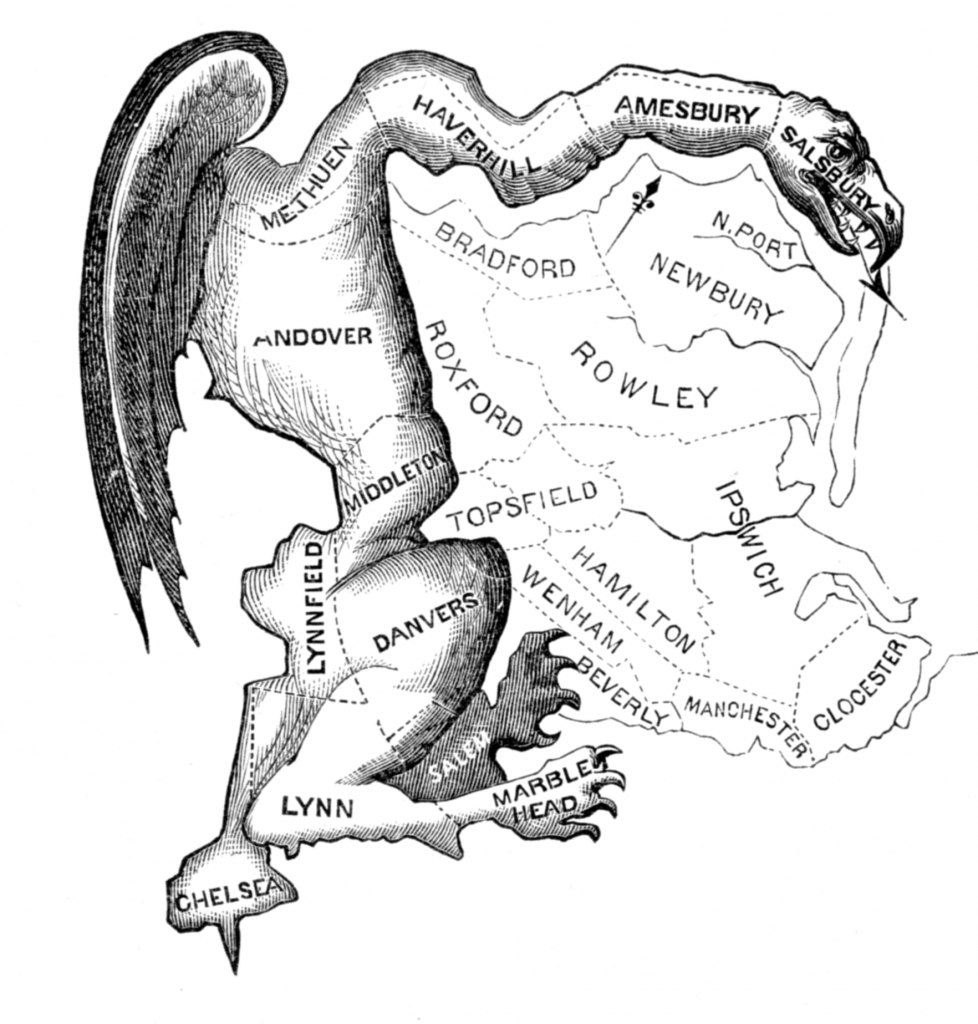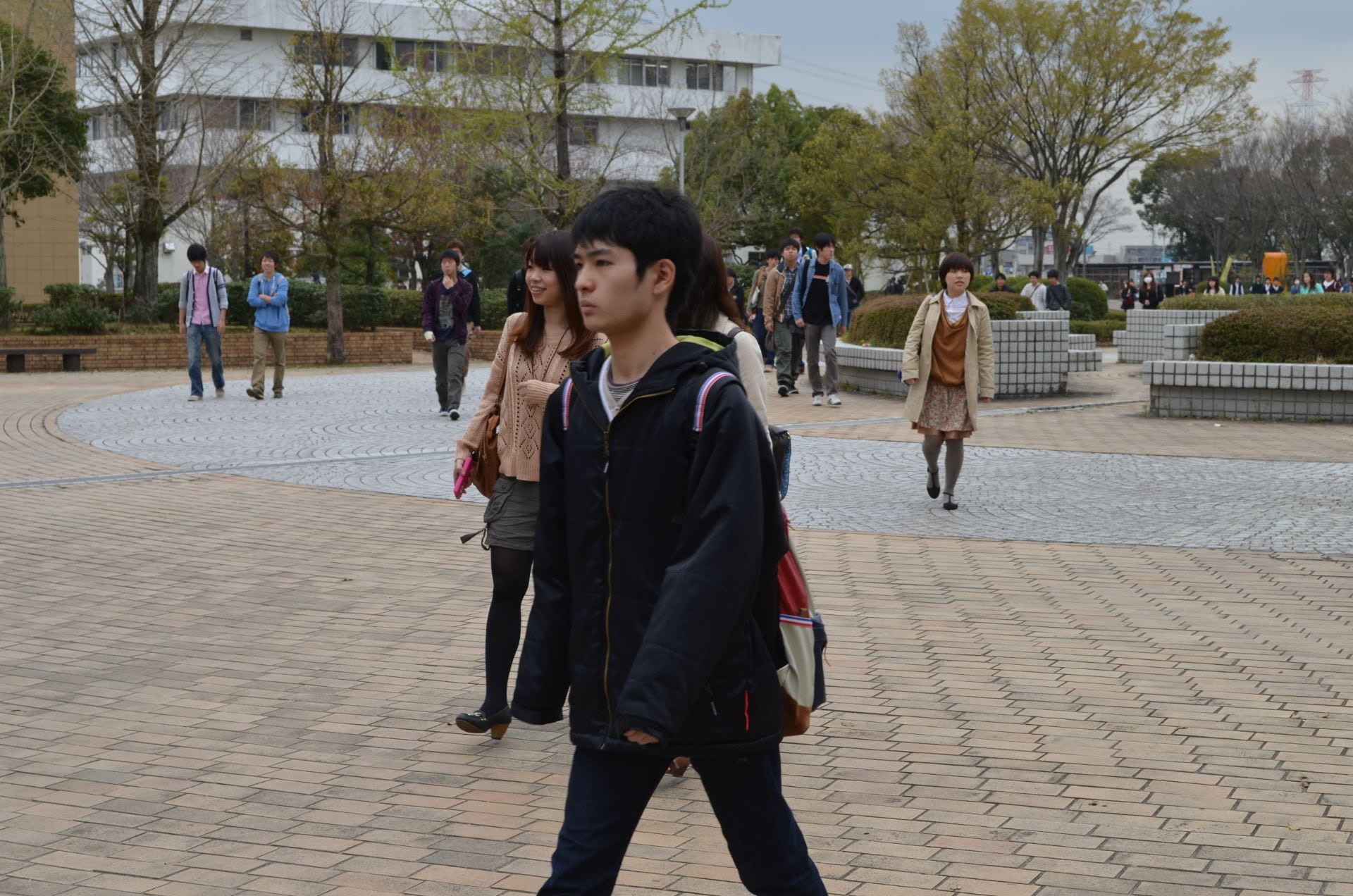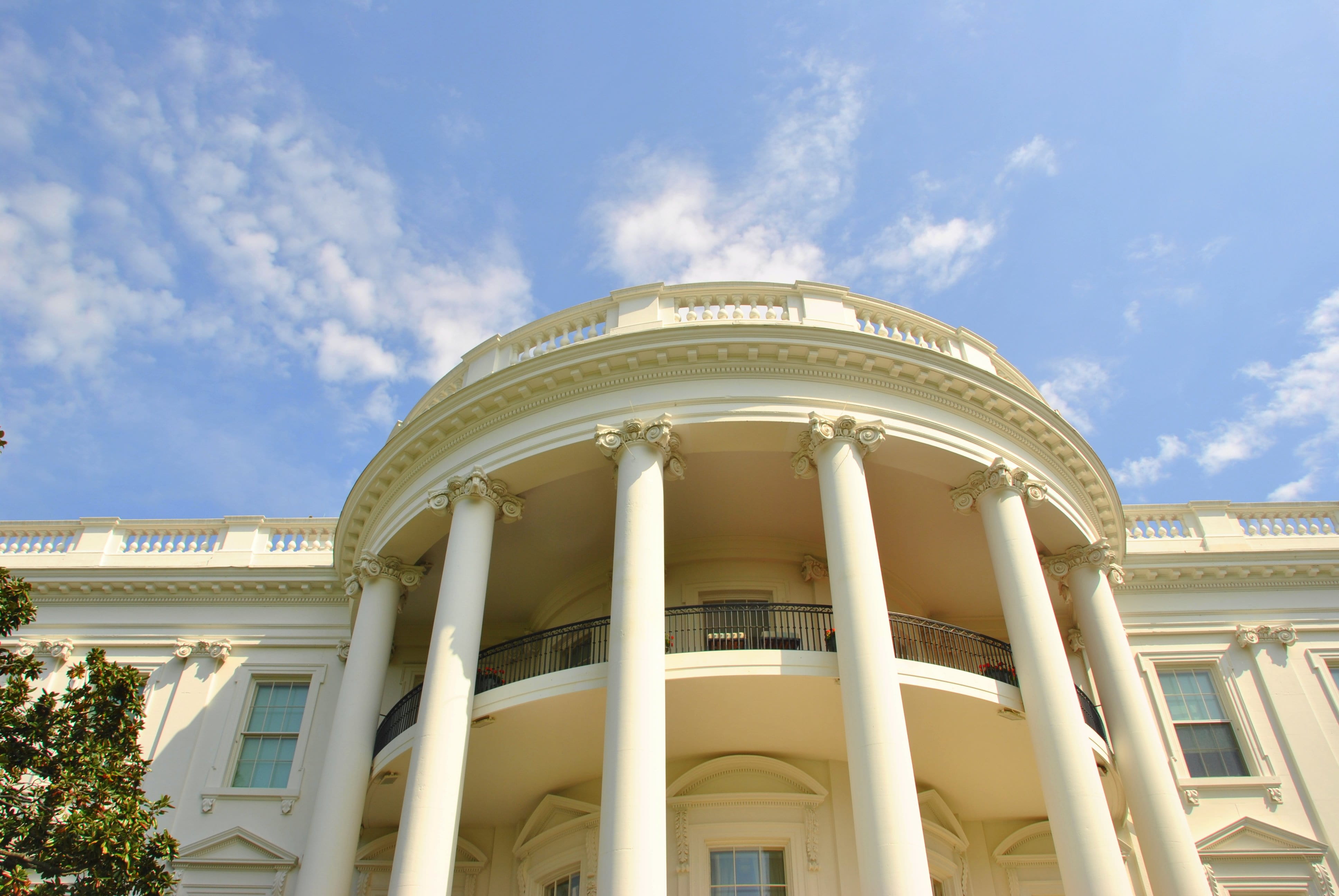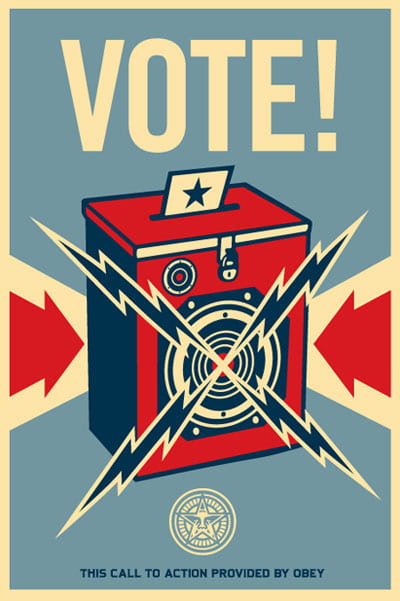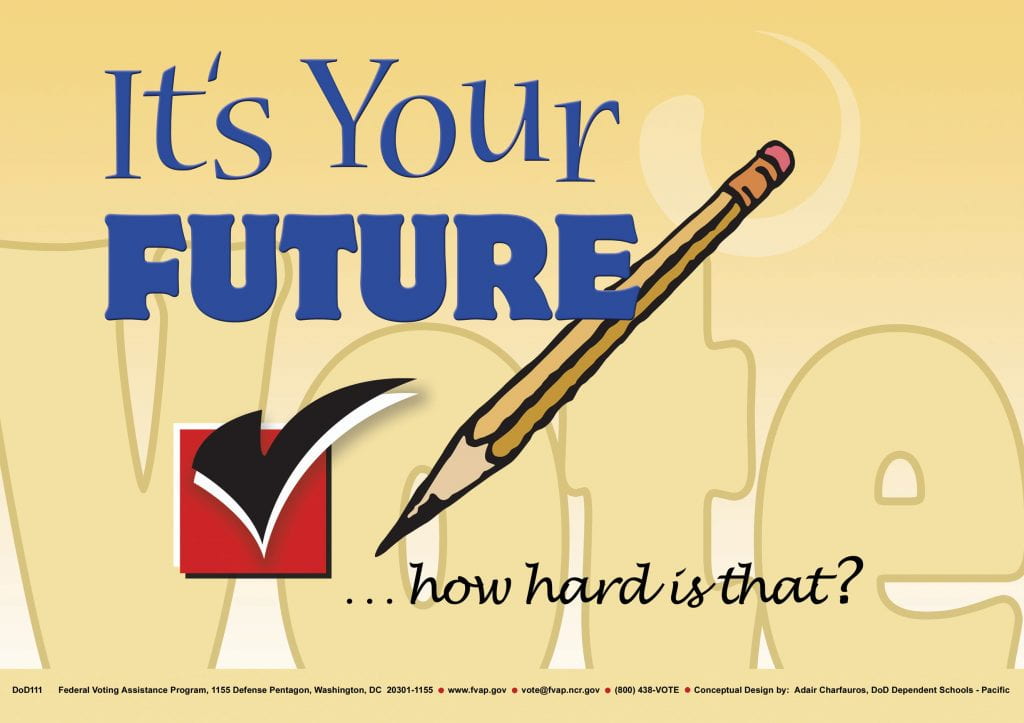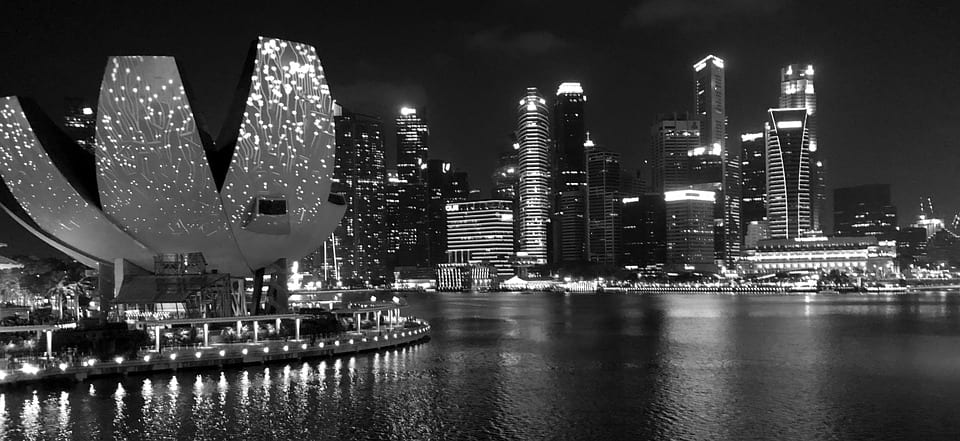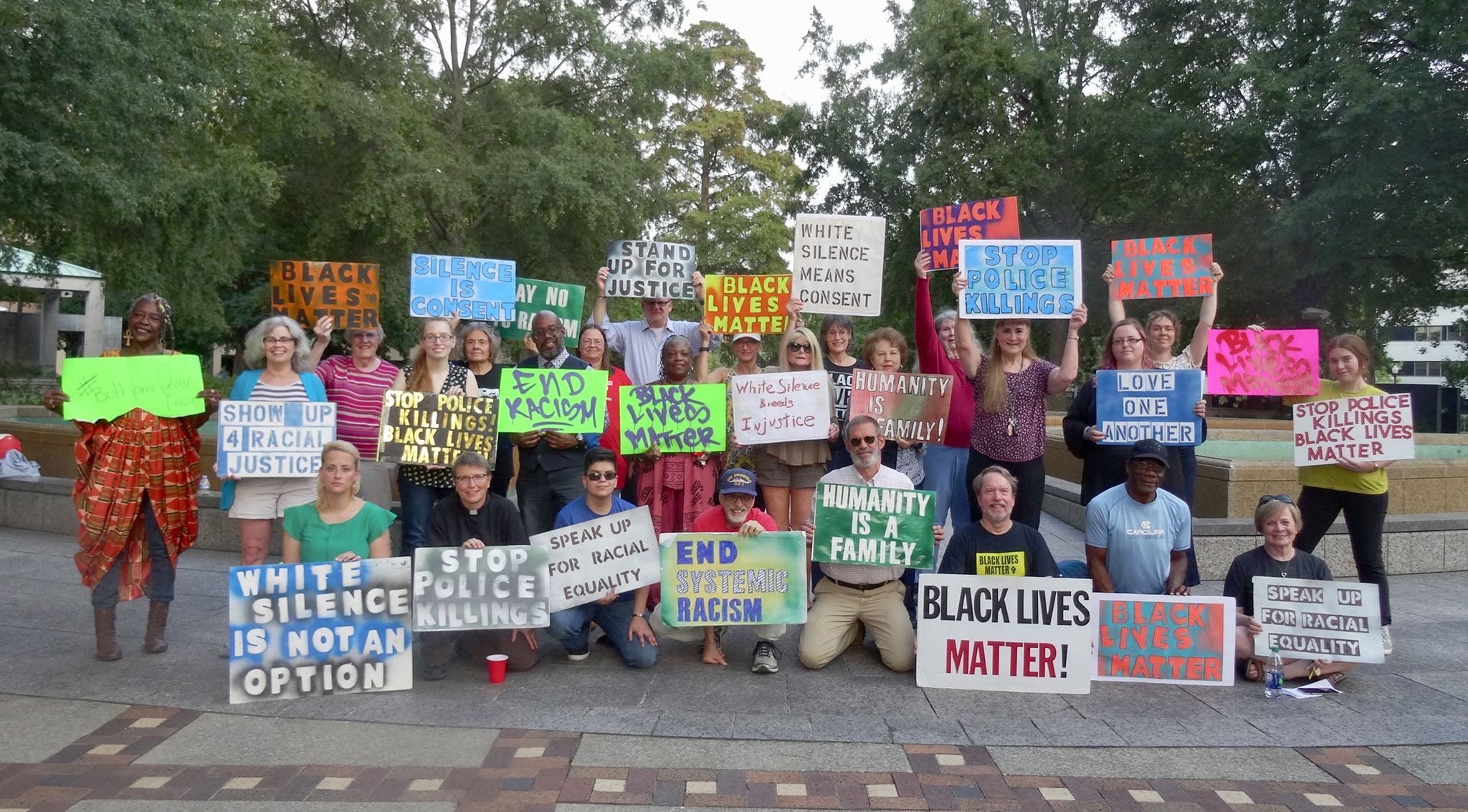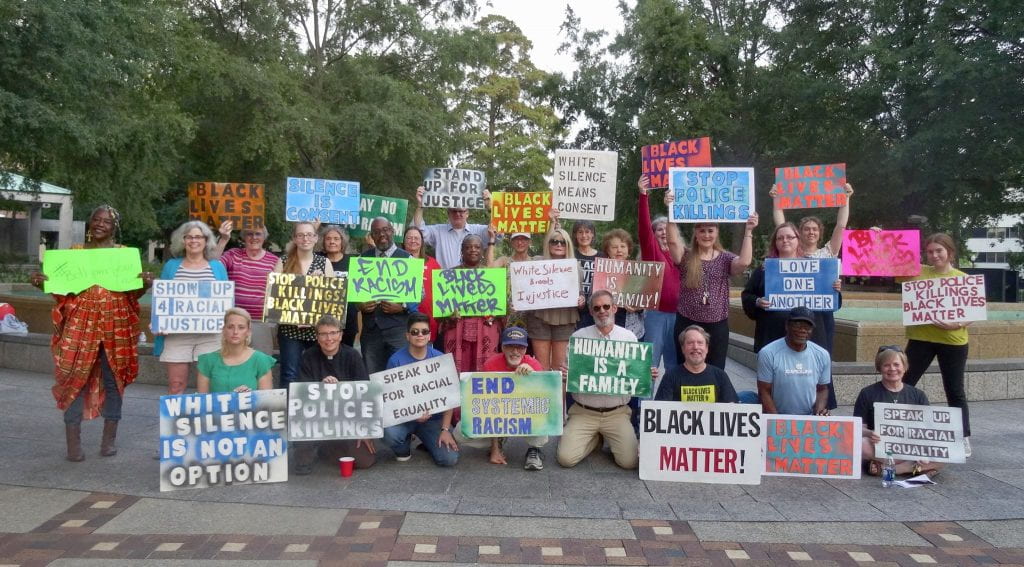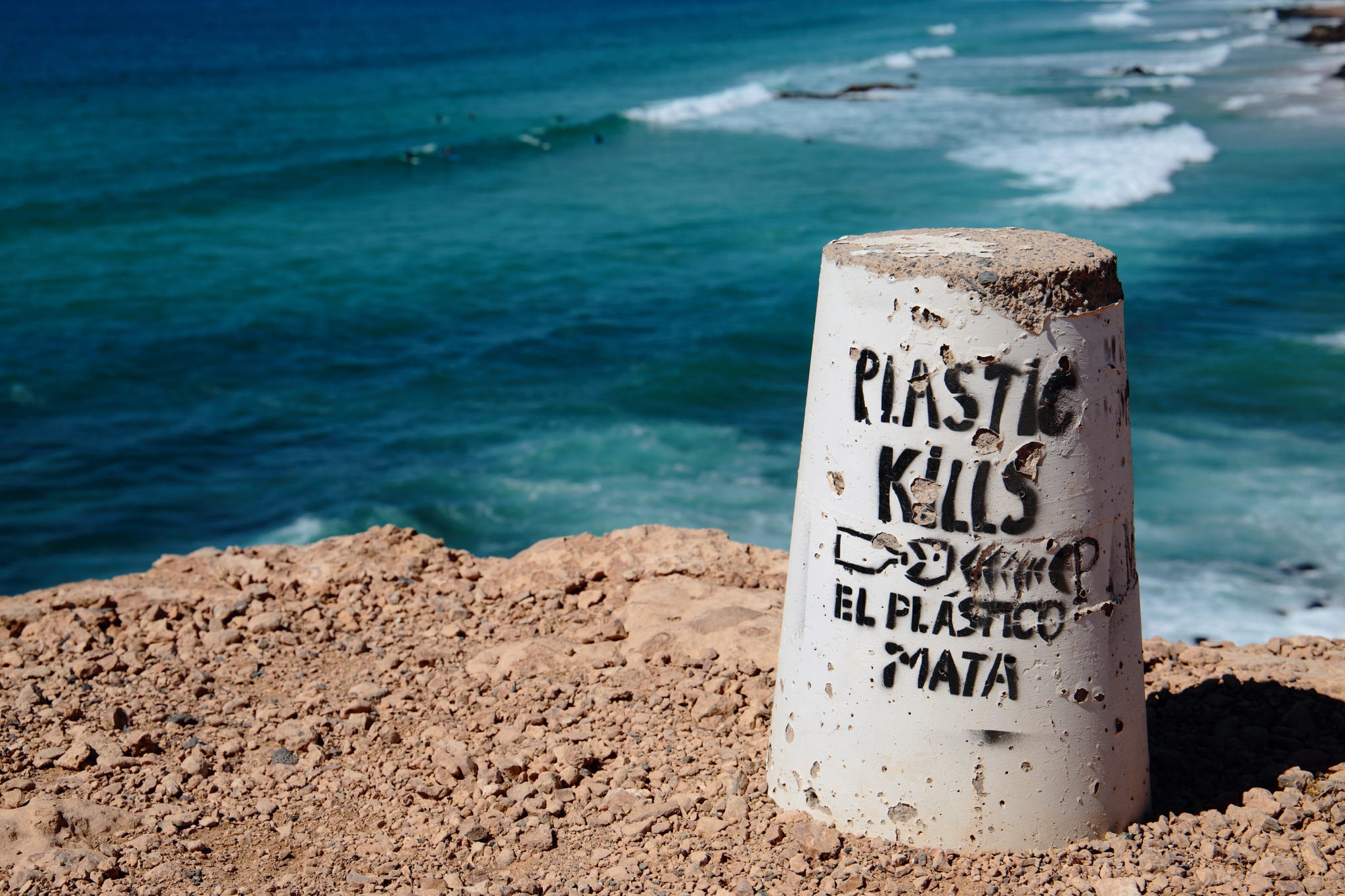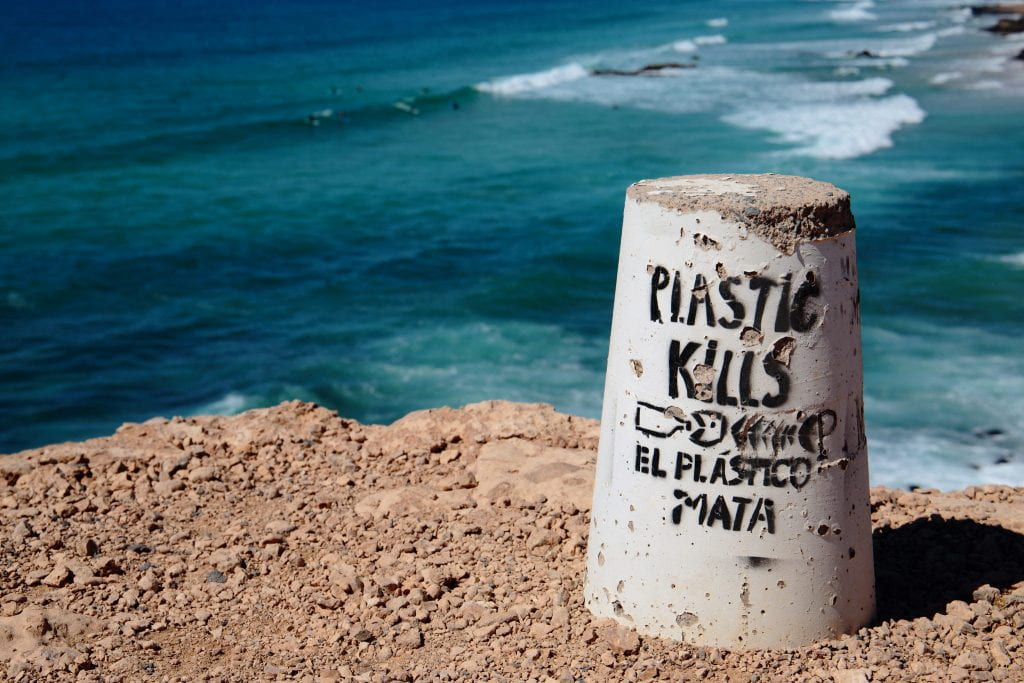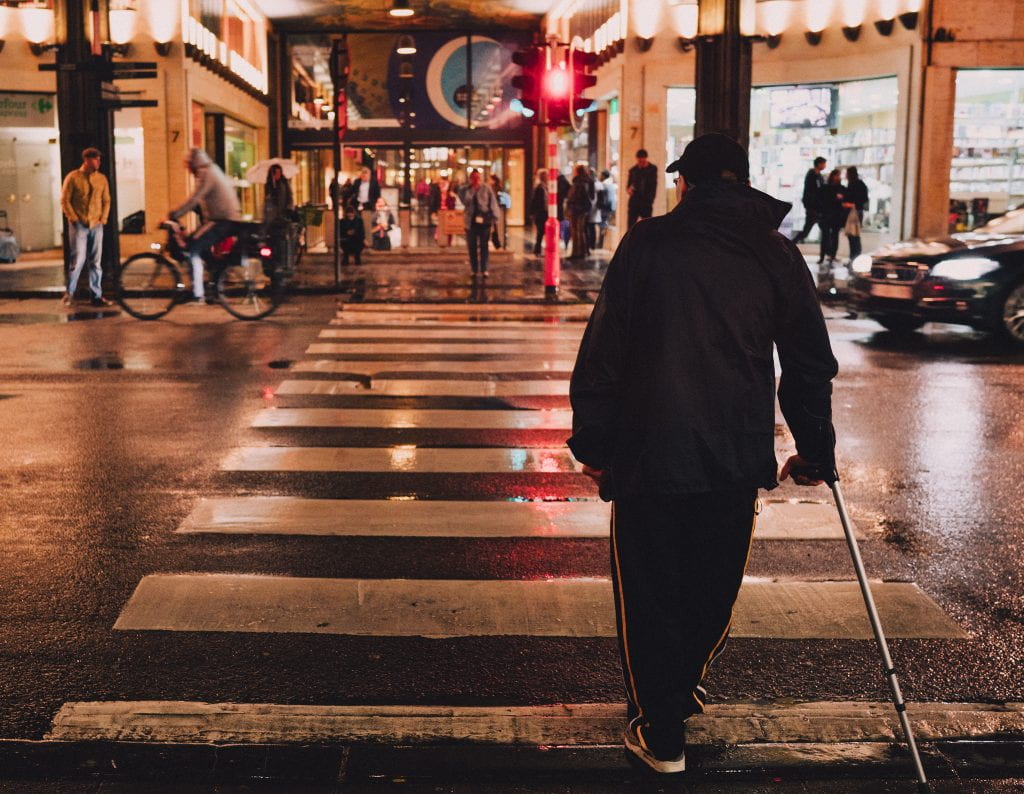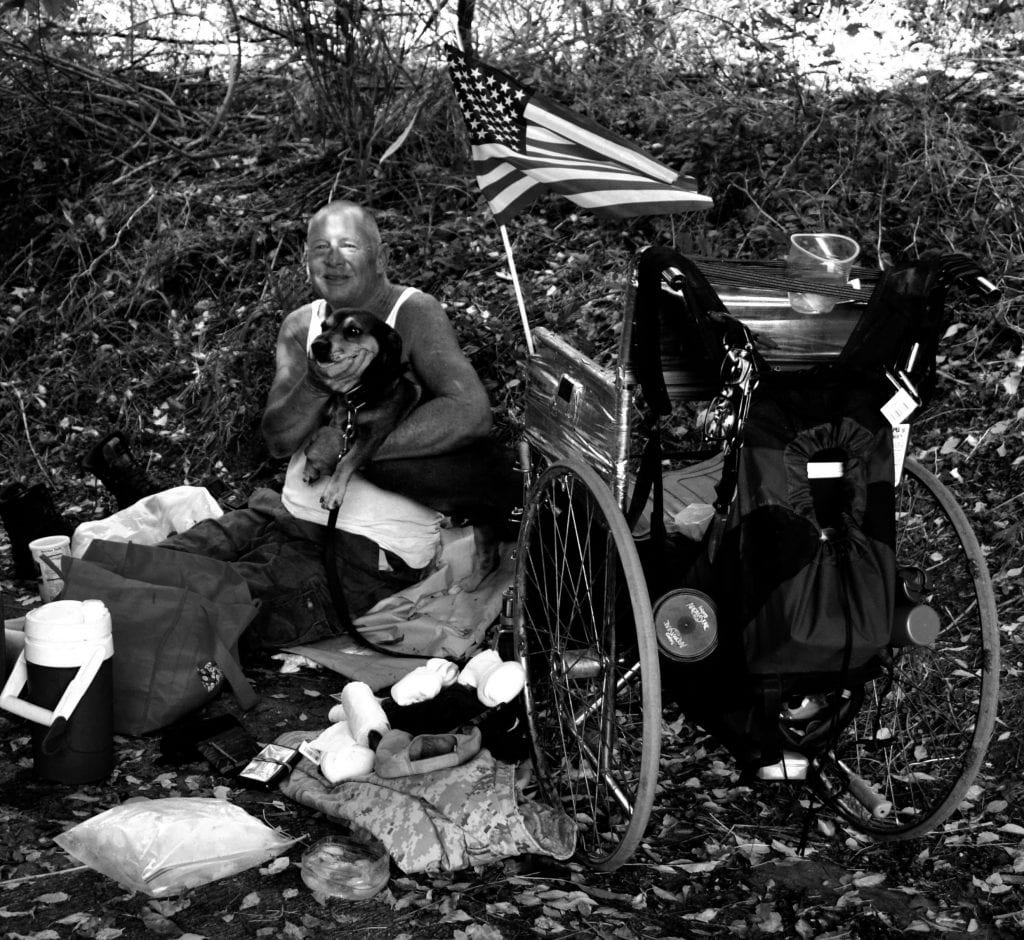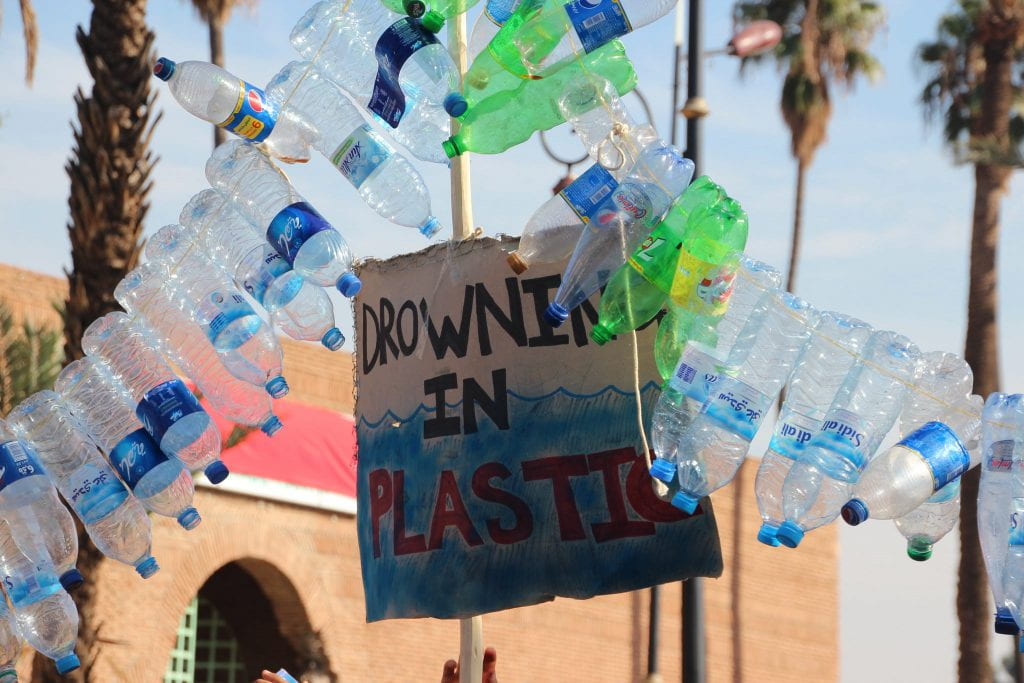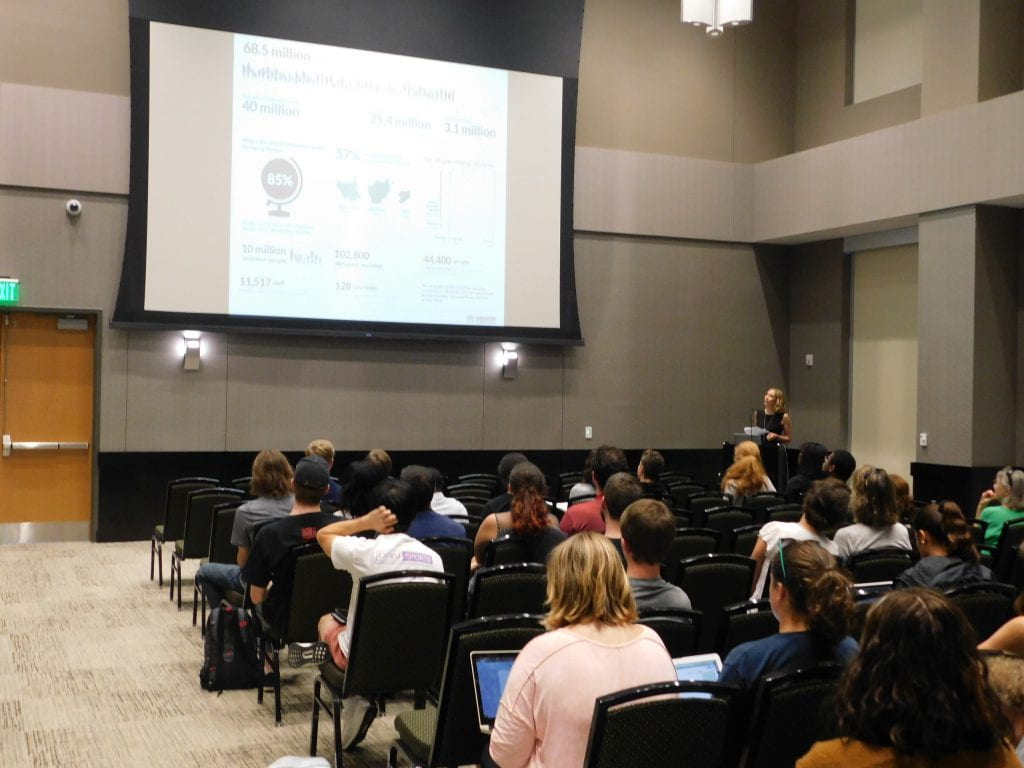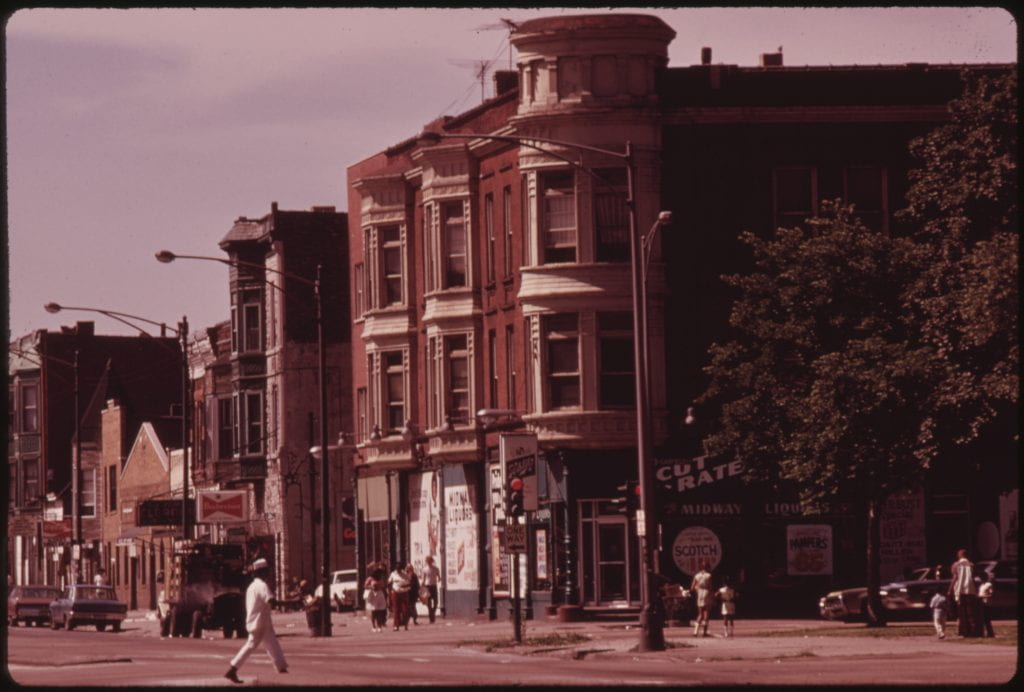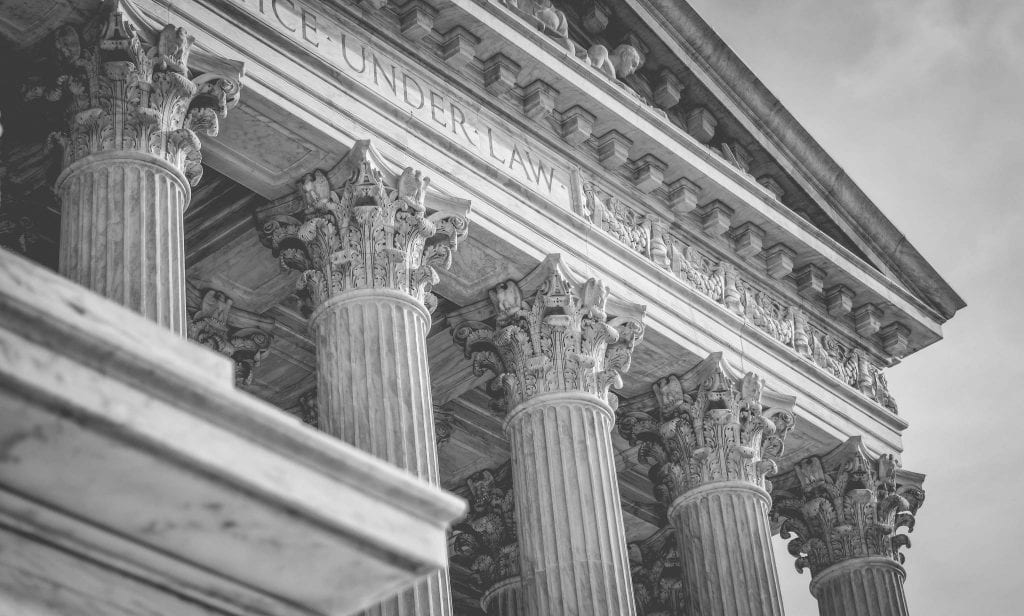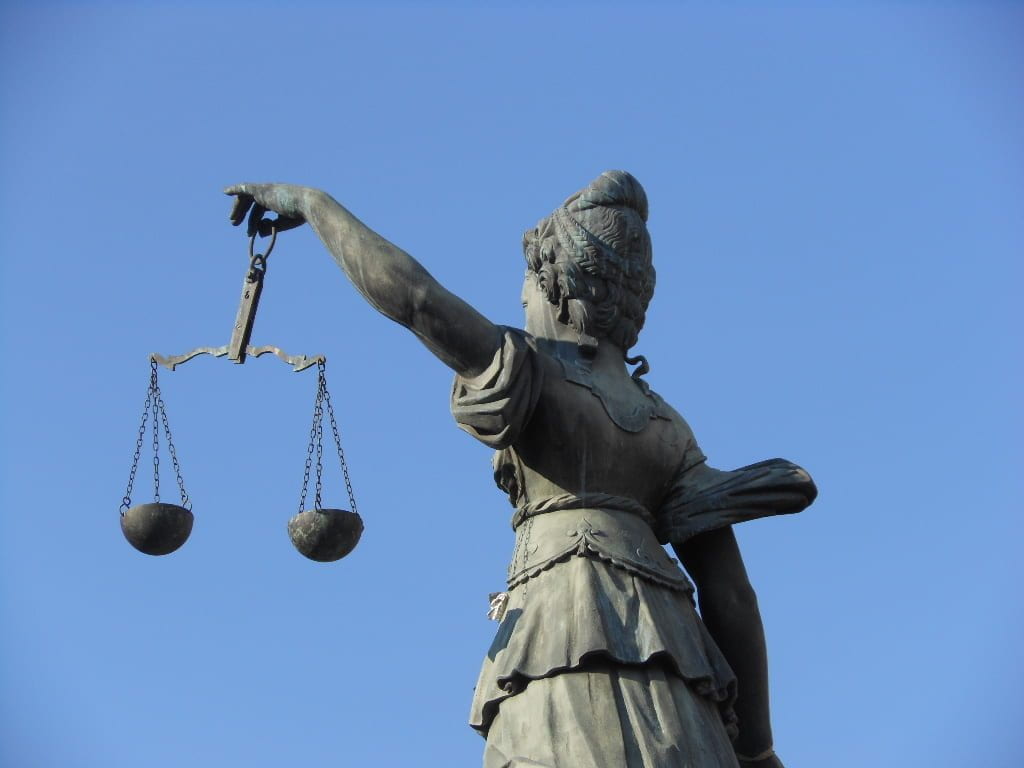
For the past 150 years in India, homosexual acts were not only banned but were criminally punishable by up to ten years in prison. Introduced in 1861, while India was still under British colonial rule, Section 377 of the Indian Penal code made illegal any “unnatural offenses” that were deemed as sexual activities “against the order of nature.” For many years this gave policemen, government officials, and local village leaders free reign to harass and discriminate against the LGBTQ+ population of India. Recently on 6 September 2018, the Supreme Court of India, after years of court decisions and decades of public protest, ruled that the application of Section 377 to queer and trans sex was unconstitutional. The justices denounced this law’s infringement upon the freedoms of LGBTQ+ people as it “criminalized consensual sexual acts of adults in private”. This determination has ceased much of the governmental abuse of the Indian LGBTQ+ population. It is worthwhile to note that despite the public opinion that Section 377 was repealed, the law is still active and applicable to other offenses such as rape, bestiality, and sexual acts with minors. The supreme court decision simply made it illegal to apply Section 377 to queer sexual acts.
Now that Section 377 can no longer target sexual minorities, India’s vast LGBTQ+ population is beginning to emerge from the shadows and realize their true selves in public without fear of prosecution and imprisonment. This is not to say that there is not a reason to still be afraid. Many people and institutions are still very hostile towards the queer and trans community because of the social stigmas, stereotypes, ignorance, and intolerance that are still very much ingrained in Indian culture. There is still much work to be done to educate the general population for LGBTQ+ issues to be destigmatized. There is hope that a culture friendly and accepting of all people, regardless of sexual or gender orientation, will soon become a reality in India.
It has long been held that “Section 377 in itself does not mean that you can be arrested for simply being or saying [that] you are lesbian, gay, bisexual, transgender, Hijra or Kothi. Your freedom of expression is not under threat”. This fact, however, has not prevented the widespread discrimination inflicted by police officers, hospital staff, and highly hostile work environments. India’s lack of a complete anti-discrimination law that protects all groups who may face prejudice has allowed such toxicity and hatred to fester and grow. Although a few anti-discrimination laws exist, they are not well enforced and only apply to public institutions. This means that all private Indian companies are free to discriminate against LGBTQ+ employees with no legal repercussions and allows government institutions to violate existing law without any harsh penalties. The criminalization of queer sex and the lack of adequate discrimination protections has ignited many lasting problems for the LGBTQ+ community. These people lack quality public healthcare, face cultural and religious persecution, and fear a prejudice entertainment industry that is encouraging the current generation of adolescents to be homophobic.
It seems odd that Section 377’s past criminalization of queer sex could damage the healthcare available to the LGBTQ+ population. However, it is important to realize that not only was having queer sex a criminal act, but anyone that was found to have helped hide or abet LGBTQ+ sexual acts would have also been prosecuted as an accessory to the crime. This was the case with Arif Jafar, an Indian health counselor. Arif made it his mission to attempt to help the queer population have safe sex and avoid being infected with HIV by handing out condoms each week. After nearly three decades of aiding the LGBTQ+ community, Arif was arrested for abetting and promoting the criminal offense of queer sexual acts. He was beaten, spent 47 days in jail, and has had to appear in court each month for over a decade. This is but one of the many atrocities committed against the LGBTQ+ people because of Section 377. Simply selling condoms and other objects used for safe sex to queer/trans men and women was unlawful. This created dangers for both the LGBTQ+ community and any doctors willing to serve them. For these reasons, many LGBTQ+ in India have avoided healthy sex conversations out of fear that their doctors, nurses, or other healthcare professionals involved with their care would report their “criminal” sexual acts to the authorities.
Section 377 instilled so much fear in the LGBTQ+ community that many refused to see a doctor for treatment for AIDS and other sexually transmitted diseases. In fact, the UN collected data detailed in the 2017 UNAIDS Data report that showed that the national HIV infection rate for queer men is 4.3% while the national average is .31%. This means that queer men are nearly fourteen times more likely to be infected with HIV than straight men. It is impossible to determine exactly how large of an impact the lack of access to condoms and other safe sex essentials has had on the LGBTQ+ HIV epidemic. However, it is clear that these policies could only have increased the health risks for this community.
In addition to preventing many from seeking or receiving proper medical care, doctors were not well educated on the common spectrum of LGBTQ+ health issues, and as such were not adequately equipped to serve these patients. Even after the recent Supreme Court decision absolved these risks, the vast majority of the LGBTQ+ population are still hesitant to going to the doctor for sexual related issues. Doctors play a key role in providing sex education to their patients. It is well established that these safe sex talks help to decrease patients risk for sexually transmitted diseases. However, when patients fear talking to their physicians for fear of getting reported to the authorities then these safe sex talks do not occur. One can only hope that the sacred bond and trust between patient and physician can heal over time for this community.
Many Indians cite cultural and religious reasons as grounds for their anti-LGBTQ+ attitudes. However, this stance doesn’t hold up under scrutiny. Hindu culture has a long history of acceptance for LGBTQ+ people and religious figures. H. H. Sri Sri Ravi Shankar makes this point clear by saying that “Homosexuality has never been considered a crime in Hindu culture. … It is not a crime in any Smriti. Everyone has male & female elements … [and] Nobody should face discrimination because of their sexual preferences. To be branded a criminal for this is absurd”. Institutions such as the Hindu American Foundation and the Gay & Lesbian Vaishnava Association corroborate this pro-LGBTQ+ attitude. This begs one to question why public opinion differs from historical evidence and major religious organizations.
The answer lies 150 years ago when Britain took direct control of India from the British East India Company. After Britain began governing India in 1858, they implemented Section 377 and other social policies that attacked the prevalent LGBTQ+ population India had at the time. This was an enforcement of British values on Indian society. When India decriminalized queer sexual acts this past year it wasn’t, “India becoming ‘westernized.’ It’s India decolonizing.” says Twitter user @shamiruk. Being colonized and subjugated for many generations has caused a multitude of prejudice western practices to become entrenched in Indian society. The goal moving forward is for India to evolve past the harmful effects of colonization and be fully reunited with the LGBTQ+ accepting culture of pre-colonial India.
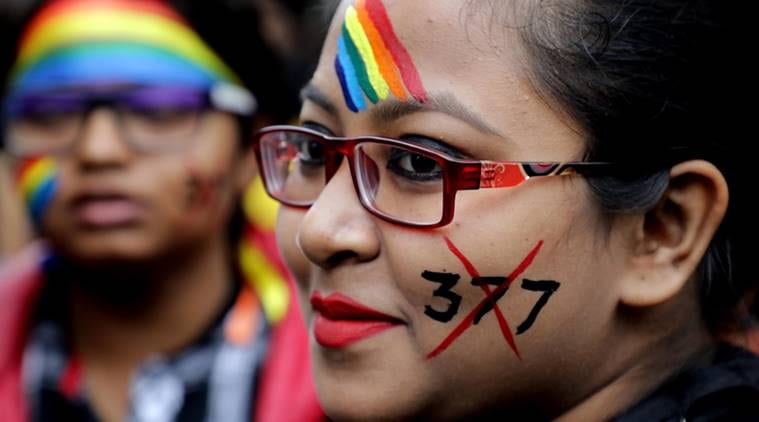
Although great strides are being made to help the LGBTQ+ community gain legal protections and societal acceptance in India, the current entertainment industry’s portrayal of the queer community in a negative light, often at the butt of insults and jokes, is endangering an entire current generation of young people to be homophobic. The progress for widespread social change has been incredibly slow. There are many stereotypes in mainstream Indian cinema that only fuel derogatory comments and demeaning behavior towards the LGBTQ+ population. In fact, after the news spread about the Supreme Court decision on Section 377 many young people were tagging each other on Instagram and Twitter saying things like “you’re free now!” in teasing and mocking tones. The term “gay” itself has become a common insult for kids to tease and mock their peers. This highly toxic culture is the direct result of a society that makes light of making fun of the LGBTQ+ community as ‘just joking’ by media outlets, and even the parents and role models of these young children. Scared of the prejudice and abuse that being openly queer will bring, many LGBTQ+ people still aren’t comfortable with coming out and being comfortable in their own skin.
The 6 September 2018 Supreme Court decision to decriminalize queer sexual activities by Section 377 was a major step forward in LGBTQ+ rights and protections. This is a milestone that will forever be remembered as a landmark case in the LGBTQ+ social movement for acceptance in Indian society. Going forward there are many issues left to tackle. The most crucial factor in combatting these issues is educating the public on the LGBTQ+ community. This is vital to removing the deeply ingrained homophobic stigmas. A more educated and open-minded public will also be more likely to elect governmental officials who will enact laws to protect LGBTQ+ people. If the public can learn how to be accepting and respectful of LGBTQ+ individuals, then both institutional and societal change can happen.
The government needs to take a key role in helping to enact these changes by, “disseminating new guidelines to public institutions, especially to law enforcement,” says Dr. Sambuddha Chaudhuri. Chaudhuri is a public health expert based in Mumbai, who has done research on HIV and sexual minorities. Steps need to be taken to educate the public through media outlets and by instituting LGBTQ+ education in primary and secondary school curriculums. Meanwhile, the government should focus on passing laws to protect the rights of the LGBTQ+ community. This top-bottom two-pronged strategy will help to quickly facilitate the necessary legislative changes and increased pace of social acceptance required to make a pro-LGBTQ+ India that people deserve.

